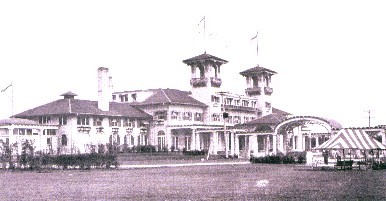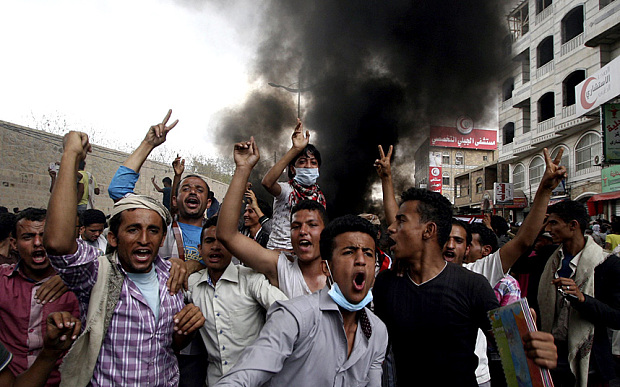I grew up in a Chicago neighborhood called South Shore. At that time, 1943 to 1956, it was one of the nicest parts of the city. Now, now, it is a cesspool of crime.
When my father moved us to the house at 7344 Paxton Avenue, I was 6 years old. The area was quiet and peaceful. Not far away was South Shore Country Club, a beautiful club that offered golf, skeet shooting and a horseback riding to members.
It was a elegant place and I visited a few times but we were not eligible for membership because my father was in the business of owning and repairing juke boxes. That was not a respectable enough occupation. Prosperity was not the criterion. Los Angeles County Club has barred people from the entertainment business for the same reasons.
Our home had been built in 1912 and still had gas lighting fittings in the bathroom and living room, as electrical lighting was still a bit suspect.
This is the house many years after we were gone. It has had the front porch enclosed in brick. Otherwise, it looks much the same. The owner saw me taking a photo and came out to ask me who I was. He insisted on showing me through the house which has had some interior remodeling. He asked if I could send him photos of what it looked like when we lived there but most of my old pictures are home movies.


